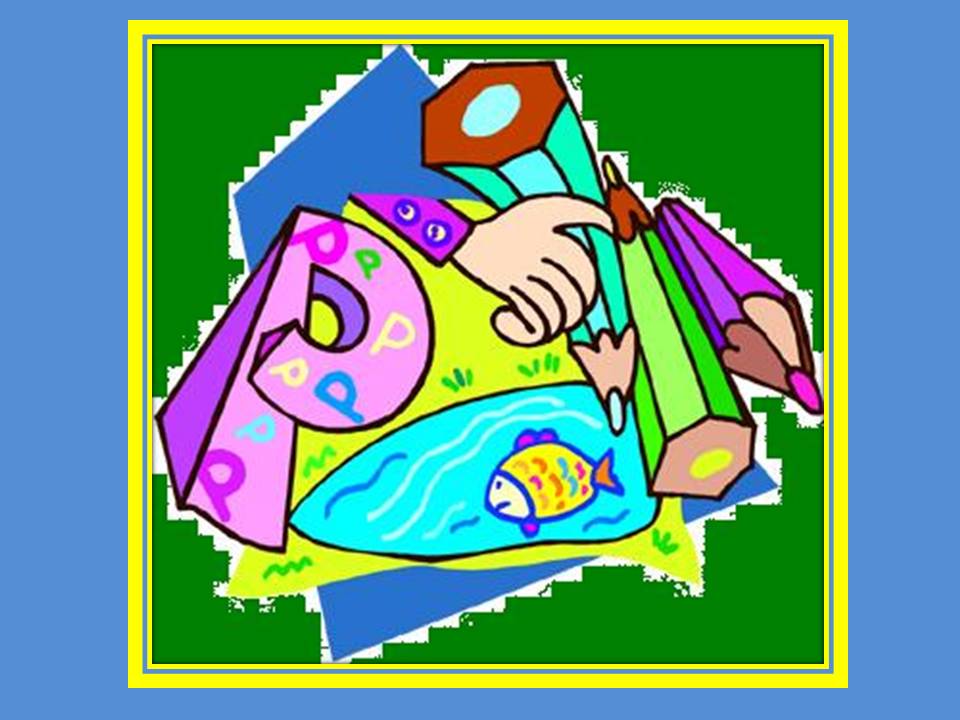
Different methods I may use:
Click for more information!
- Break tasks into smaller units
- Provide directions in writing and verbally
- have a peer take notes to share
- Allow more time for test taking
- tutors for more individualized teaching
- Audio-taped textbooks (if possible)
- Communicate and become partners with parents
- Collaborate with other teachers to find strategies that work best for each student





This is a way of presenting information visually. Many students learn by "seeing" rather than "hearing". This method is great for those students. PowerPoint presentations, photographs, and illustrations will be used.
Students will witness real life activities. Materials used may be artifacts, or objects used by a specific field of study (e.g. a microscope). This method is usually hands on!
Students watch an event happen first hand.
Student (or students) are involved in an interview of someone with a different perspective. This will allow students to gain information from others.
With this method, students are asked to tap into their background knowledge prior to actually learning. It gets students involved and helps gain interest in what is about to come.
Mental imagery is the creation of pictures in the child's mind before learning. Often, this method is used when reading. It allows students to use their imagination!
Discussions are a useful strategy for stimulating thought as well as providing students an opportunity to share and defend their position. This strategy is great for students to work together and let their voices be heard!
Through experimenting, the students' ideas are proved or disproved, and their predictions are confirmed or denied. Students are given an opportunity to try out their newly learned knowledge and realize that experimenting takes place each and every day.
Graphic organizers (typically in the form of a worksheet) are pictorial representation of the relationship between different ideas. Graphic organizers are great to see if students are comprehending the information taught.
Students are allowed to create their own original designs, models, or structure to illustrate a important point or topic. Hands on learning!
As the teacher, I will model the behavior the students are to duplicate within an activity.
Students act out a role (or roles) with the intent the student will develop a feeling of understanding and appreciation of thoughts and actions of that specific individual. Gets students moving and learning!
This is the most common strategy to introduce a new topic. Teachers share information directly with the students. At the elementary level, lecture will not be used often.
